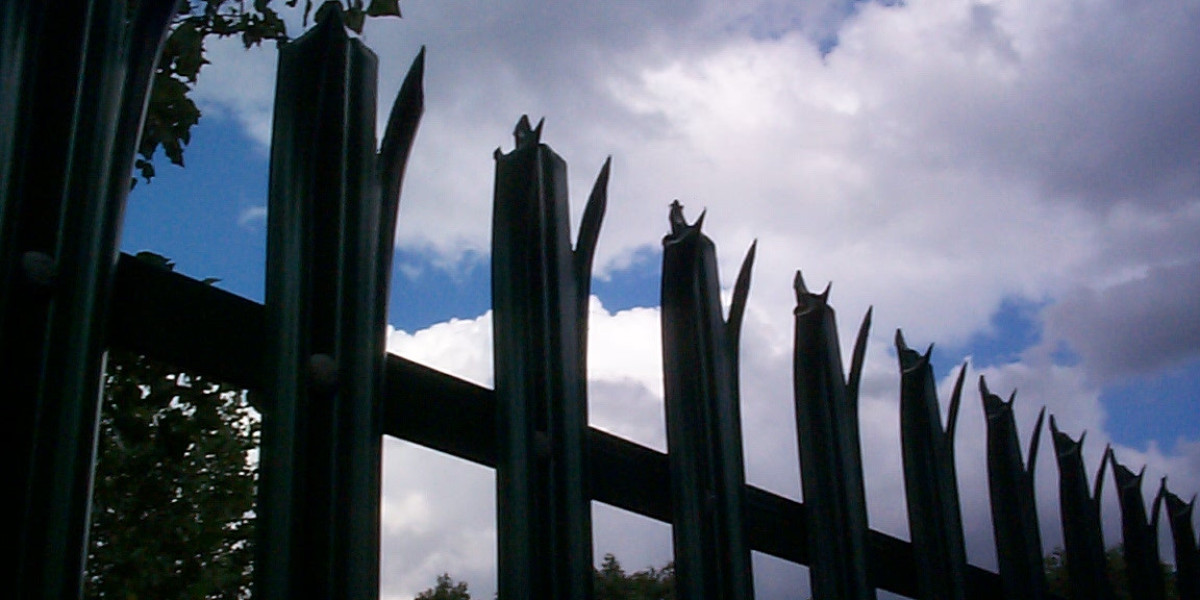hy you should Include Indian Thali in your Daily meals
FSSAI Consider Indian Thali as a Healthy Food
Balanced Nutrition: It includes carbs, proteins, fats, fibre, and micronutrients in one meal.
Portion Control: Smaller servings prevent overeating.
Seasonal Ingredients: Fresh vegetables and spices maximise nutrient content.
Digestive Aids: Accompaniments like raita and chutneys enhance digestion.
Main Ingredients of Indian Thali: Types and Benefits
1. Dals (Lentils)
Lentils are a staple in every Thali, providing plant-based protein and fibre. Here are the common types:
- Toor Dal (अरहर दाल): Rich in protein, dietary fibre, and folic acid, toor dal supports muscle repair and boosts digestion.
- Moong Dal (मूंग दाल): Known for being light and easy to digest, moong dal is packed with antioxidants and helps with weight management.
- Masoor Dal (मसूर दाल): A good source of iron and proteins, masoor dal helps combat anaemia and supports overall energy levels.
- Chana Dal (चना दाल): High in protein and complex carbs, chana dal aids in stabilising blood sugar levels and improving gut health.
2. Sabzis (Vegetable Dishes)
Vegetables in a Thali not only add vibrant colours but also provide essential nutrients. Some examples include:
- Bhindi Masala (भिंडी मसाला): Okra is rich in vitamins A and C, promoting skin health and immunity.
- Aloo Gobi (आलू गोभी): A combination of potatoes and cauliflower, this dish provides energy, fibre, and antioxidants.
- Palak Paneer (पालक पनीर): Spinach and paneer (Indian cottage cheese) are high in iron and calcium, making this dish excellent for bone health.
- Baingan Bharta (बैंगन का भरता): Eggplant is low in calories and high in fibre, supporting heart health and digestion.
3. Rice Varieties
Rice forms the carbohydrate base of most Indian Thalis. Common options include:
- Steamed Rice (सादा चावल): A staple, it provides quick energy and pairs well with dals and curries.
- Jeera Rice (जीरा चावल): Flavoured with cumin seeds, this variety aids in digestion and adds a subtle aroma.
- Brown Rice (ब्राउन राइस): A healthier alternative, it is rich in fibre and promotes better heart health.
- Khichdi (खिचड़ी): A mix of rice and lentils, khichdi is light, nutritious, and excellent for digestion.
4. Accompaniments
No Thali is complete without its flavourful accompaniments:
- Pickles (अचार): Made from mango, lime, or chillies, pickles add a tangy punch and stimulate appetite.
- Chutneys (चटनी): Mint, coriander, or tamarind chutneys are not only delicious but also packed with antioxidants.
- Raita (रायता): Yogurt mixed with cucumber or boondi helps cool the palate and promotes gut health.
- Papad (पापड़): Made from lentil flour, papad adds a crunchy texture and is a source of protein.
5. Desserts
Indian desserts are a delightful way to end a meal:
- Gulab Jamun (गुलाब जामुन): These milk-based sweets are rich in energy and perfect for special occasions.
- Kheer (खीर): Made with milk, rice, and nuts, kheer provides calcium, protein, and good fats.
- Halwa (हलवा): Varieties like gajar (carrot) or suji (semolina) halwa are high in beta-carotene or fibre, respectively.
Right way to place food in Typical Thali
According to Hindu culinary traditions, food should always be served only after the diner is seated comfortably.
Once the thali is placed, begin by serving staples like rice, roti, or other flatbreads right in the centre of the plate. Following that, place dry items such as fries, fruits, or sabzi (dry vegetable dishes) on the lower right portion. On the upper right, arrange the curries and gravies. Interestingly, desserts with rasa (liquid consistency) are also traditionally placed on the right side.
On the other hand, the upper left corner of the thali is ideal for accompaniments like chutney, dahi (yogurt), and papad or salad. Additionally, sweet items made with jaggery, pickles (achar), or desserts like halwa should be placed directly in front of the rice and flatbreads. Finally, ensure essentials like lemon and salt are served in this same central area, as they are considered vital to balancing flavours on the thali.
History of Indian Thali and Its Evolution Over Time
The concept of the Indian Thali is deeply rooted in Indian traditions and has evolved significantly over centuries. Let’s take a journey through time to explore how people ate their meals and how the choice of serving plates has changed over the years.
Ancient Times: Banana Leaves and Clay Plates
In ancient India, meals were often served on banana leaves, especially in the southern and eastern parts of the country. This was a sustainable and hygienic option, as the leaves could be disposed of after use, leaving no waste behind. Banana leaves are rich in polyphenols, which are natural antioxidants, and when hot food is served on them, some of these compounds are transferred to the food, enhancing its nutritional value.
Another popular option was clay plates or earthenware. These were widely used due to their availability and affordability. Clay plates were believed to have cooling properties, which helped balance the body’s temperature, especially in warm climates.
Average Cost of a Thali
A typical Indian Thali is one of the most affordable meals, offering incredible value for its variety and nutrition.
Homemade Thali: ₹100– ₹130 (cost of ingredients).
Restaurant Thali: ₹200–₹500, depending on the region and complexity of dishes.
The cost is justified because even a basic Thali includes a balanced mix of macronutrients, fibre, and essential vitamins. Compared to eating out or buying individual dishes, the Thali is a cost-effective and nutritionally complete option
How to Make Indian Thali Healthier?
Here are some tips for a lighter and healthier Thali
Replace white rice with brown rice or millet rotis.
Opt for steamed or sautéed dishes instead of fried ones.
Use natural sweeteners like jaggery in desserts.
Increase the proportion of fresh salads and curd in the meal.







